Prepare for rambling to make up for my lacking-in-words-posts in 3..2..1..
I haven’t written much about activities at work besides the action-packed trips we’ve taken thus far, mostly because the majority of my work-related time has been spent in front of a computer analyzing the available outdoor recreation experiences in southern Oregon and attempting to visualize all of the information in a digestible way. After many weeks of analyzing previously collected data, collecting my own data, analyzing that, creating a report, editing that, losing files, wanting to throw the computer out the window into the lily pond outside, and then thanking it for doing things my brain can’t, collecting more data, reviewing, editing, re-doing, reviewing, number crunching, watching obscure excel tutorials (thanks youtube), having dreams about formatting, editing, and so on (and that description is still probably an understatement) Miles and I have finally agreed on the project’s status as being tentatively finished.
To say the least, it’s been a bit grueling. I’ve never conducted a research project outside of school that didn’t involve sampling methods in a context that I’m already familiar with, i.e. field data collection, lab work. etc. I’ve also never been responsible for writing the final report for the research. I’ve felt a bit stir crazy having to create this project entirely from a desk, but lemme tell ya, does it feel GOOD to see it all laid out in colorful, organized graphs, trends, and a few pretty pictures of the coast to complement the data. To briefly explain its purpose, I’ve added a few paragraphs from the report here.
“This research project was conducted to fill a gap in the knowledge of guided fishing charters and outdoor recreation tours along the coast. Data on the number of and type of operators, how well they are marketing themselves online, the products they offer, and especially the price of services is not readily available. This research was conducted in order to identify guided fishing and outdoor recreational tour businesses that were successfully marketed online so that a search for the specific service offered in the targeted community would appear as a top result in a basic online search. A limited comparison of these results against other inventories of or estimate of the number of operators would then be possible. Collection of price data helps to understand the economic impact of these businesses and potentially to help identify new growth conducted annually to provide long term trend data. In addition, the model is one that could be reproduced for other coastal communities in different states and countries.
The data collected will provide a basis upon which a guide training program will be developed to aid guided tour operators in obtaining the knowledge, skills, and resources to better market themselves, reach customers, sell experiences, and attract more sustainable, experiential, and interpretive tourism to the southern coast of Oregon.”
During this process, I’ve learned a lot about basic data analytics and visualization, interpretive communication, and how to create a project/write instructions that are clear enough to be successfully repeated by others. We have already shown the report to a couple of guides in the area and they are quite pleased with the information. In the fall, Miles will be sharing these findings with the Adventure Travel Trade Association World Summit in Argentina to present the Wild Rivers region of Oregon as a pilot location to implement a guide training development program based off of the needs assessment information we have been collecting. For the amount of time we’ve spent working with this data, it’s going to be a lot of fun keeping in touch with Miles to see what comes of this summit and where he is able to take his ideas. I just wish I could still be here to help make it happen! 10 weeks is just too short.
Now that the core project is finished, I’ll be spending the last couple weeks of the summer interviewing a few guides about their operations to get qualitative assessments of their operations, needs, and perspectives. In addition, I am making videos for the guide training program and working with Dustin to compile literature (about southern Oregon ecology, wildlife, tourism, sustainable business, interpretation, marine reserves, psychology, etc.) to use in the program.

Crabz on the docks in Bandon
In other news, it’s been yet another fun week outside of work. Dustin and I went crabbing with one of the photographers we hired and although most were just shy of the legal size, or female, it’s a pretty great feeling to put in almost no effort (you just throw the pot into the water with some chicken attached) and barely any time to then pull up the pot and there’s nine crabs scuttling around.
That same evening I attended a lecture at the OIMB given by Robert Pitman, a marine biologist of NOAA Fisheries who studies killer whales in the Antarctic. It was a great learning and networking experience; stay tuned for what’s to come of that.
This weekend, Dustin and I got to tag along on a kayaking tour out of Port Orford with South Coast Tours (perks of being a buddy of Dave’s).

Our foggy launch site
The trip was definitely a highlight of the summer. We got to see an unbelievable amount of sea stars, which was incredibly encouraging. I did a kayaking/intertidal survey a few months ago in Morro Bay, CA where I work with the Estuary Program, to write a piece about the sea star wasting disease that’s been heavily impacting populations all along the Pacific coast. I only found one sea star that day, but during this trip there were definitely more than I could count and some were the biggest sea stars I’ve ever seen. We also saw two river otters and a number of harbor seals, pelagic cormorants, black oystercatchers, pigeon guillemots, and a peregrine falcon. We also saw a huge gumboot chiton, which is somehow just a ridiculously fitting name for such a creature.
Later that day, I hiked with my roommate and her boyfriend from Sunset Bay to Cape Arago and back, after having scouted the perfect hammock locations along the trail the evening before.

Prime.

PSA and lesson of the day: Do not let the presence of fog discourage you from a sunset expedition!
It was a gorgeous trail and we again saw some harbor seals, which always remind me of cookies and cream ice cream. We also saw the massive colony of sea lions located off the coast of Simpson’s Reef. It was crazy how loud they are, and how many there were. At cape Arago, we sat for 40 minutes timing the intervals between spouts of what I’m pretty sure was a grey whale. It was the first whale I’ve seen while here, and there’s really nothing like it. The perfect day filled with so many cool animals was ended with a beautiful sunset as we hiked back to the car.

















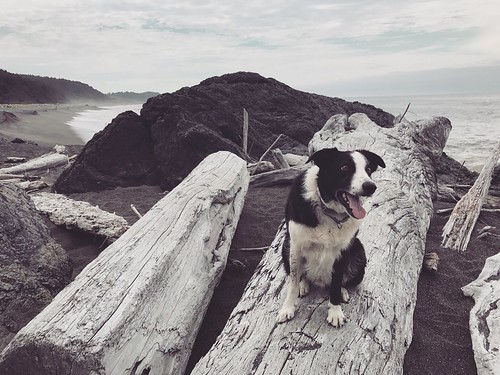
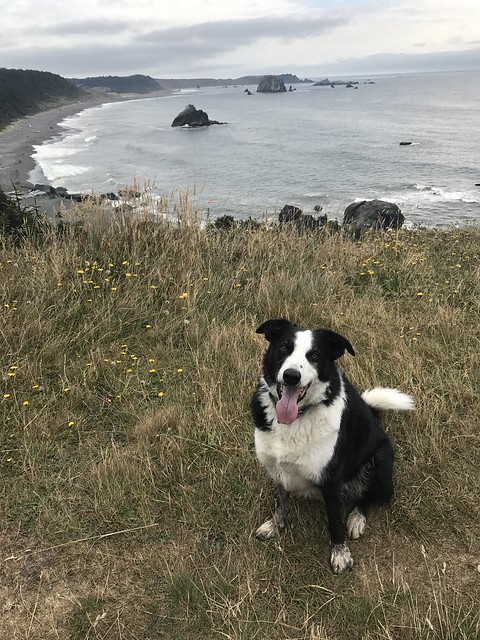
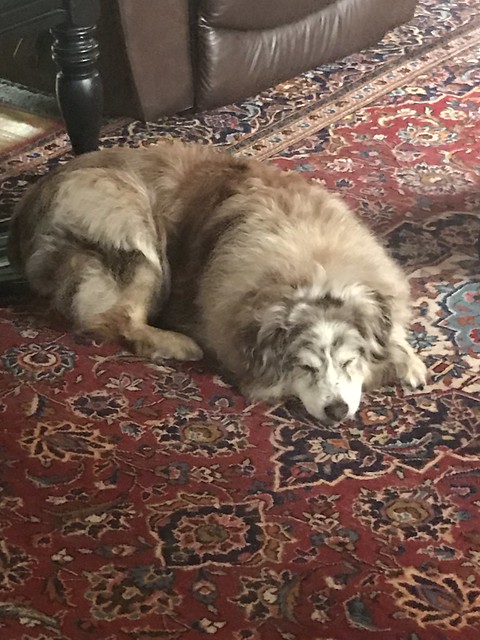
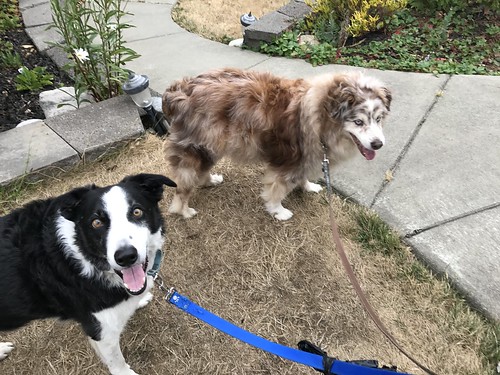

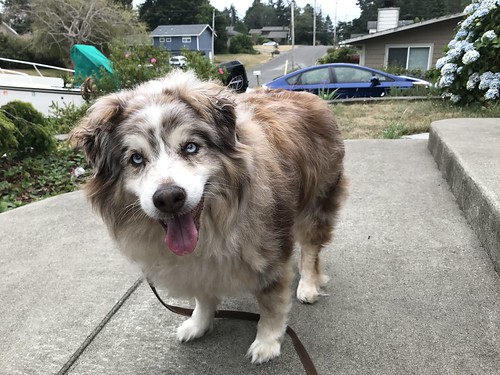



 Though I have done research on these topics before, never have they been so relevant to me. As I move through this transitional phase of young adulthood, I am reminded that I and those around me are slowly assuming responsibility for the generations of the future. What type of concern will we have towards social and environmental issues? More importantly, will we impart these prosocial and pro-environmental behaviors on the generations to follow? Stay tuned for the answer!
Though I have done research on these topics before, never have they been so relevant to me. As I move through this transitional phase of young adulthood, I am reminded that I and those around me are slowly assuming responsibility for the generations of the future. What type of concern will we have towards social and environmental issues? More importantly, will we impart these prosocial and pro-environmental behaviors on the generations to follow? Stay tuned for the answer!








 When communicating to children in particular, teaching these core values such as respect for nature are easier to learn than countless facts about resource management, as they have already been modeled by human interaction in their families and schools. If a child first learns the deeper value of respect, he/she is then able to apply that concept across situations, including that regarding natural resource conservation. This reverence of core values is a strong tool when acquiring an understanding and providing education to people who all think of conservation and its effects differently.
When communicating to children in particular, teaching these core values such as respect for nature are easier to learn than countless facts about resource management, as they have already been modeled by human interaction in their families and schools. If a child first learns the deeper value of respect, he/she is then able to apply that concept across situations, including that regarding natural resource conservation. This reverence of core values is a strong tool when acquiring an understanding and providing education to people who all think of conservation and its effects differently.








